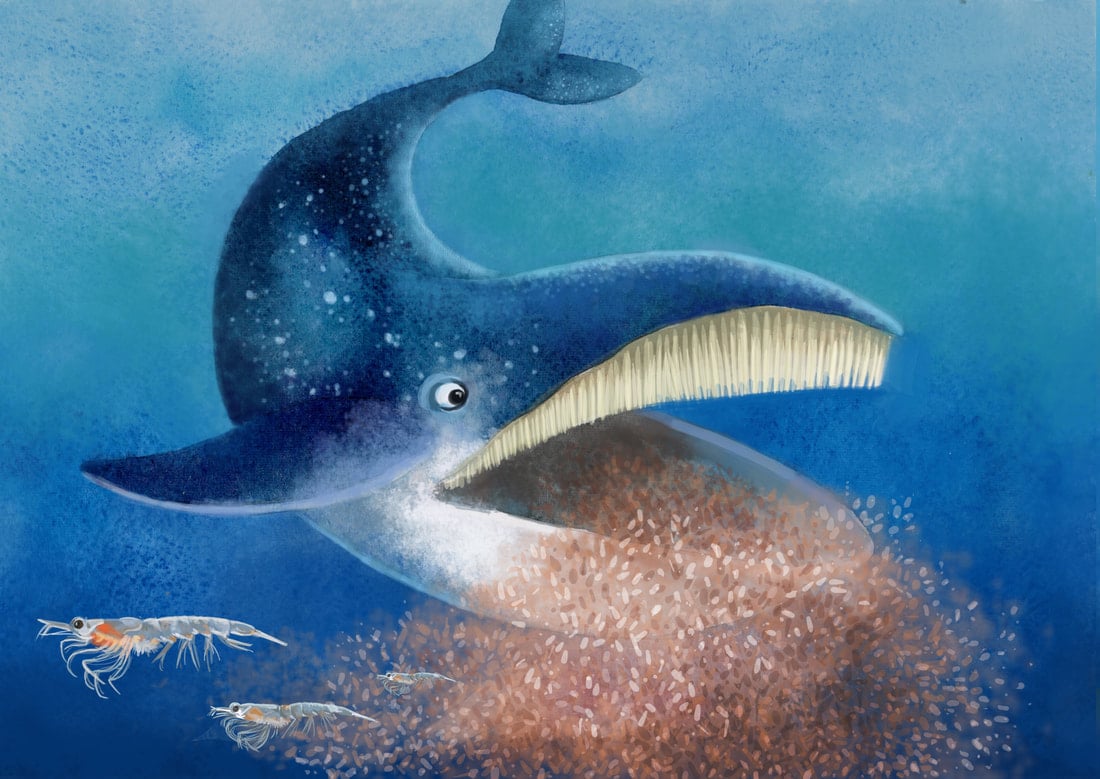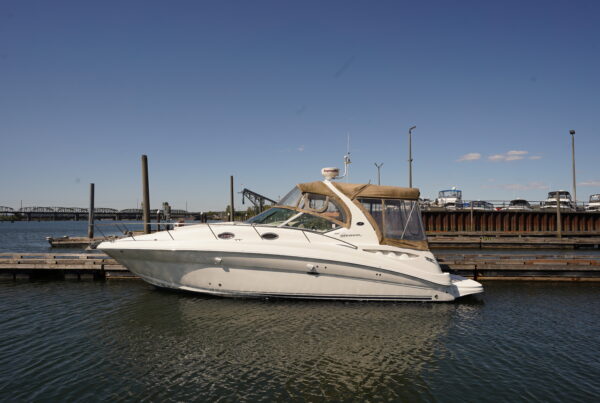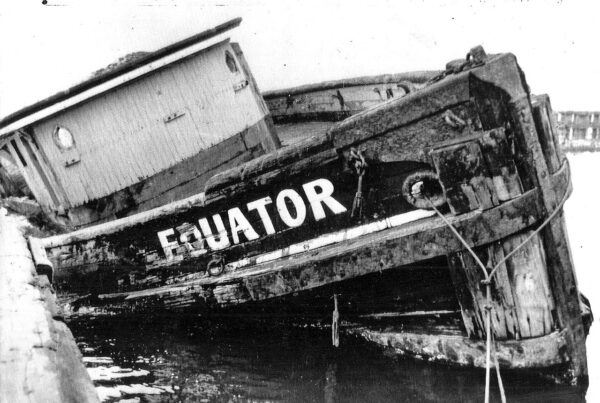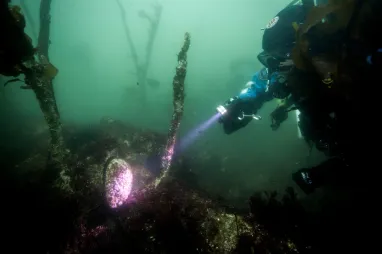Introduction:
Dear boat and water enthusiasts, today we embark on a fascinating journey into the underwater realm of the oceans, where a remarkable mutualistic relationship between krill and whales shapes the very fabric of marine life. Join me as we explore the interspecies dynamics, population dynamics, and the profound impacts this relationship has on ocean ecosystems, animal populations, and even our own human societies.

Interspecies Dynamics:
Krill, the small shrimp-like crustaceans, play a pivotal role in the oceanic food web. These tiny organisms form the foundation of the marine ecosystem, serving as a primary food source for a wide array of marine species. However, it is the magnificent whales that have developed a unique dependence on these abundant swarms of krill, forging a mutually beneficial relationship that greatly impacts the dynamics of the ocean.
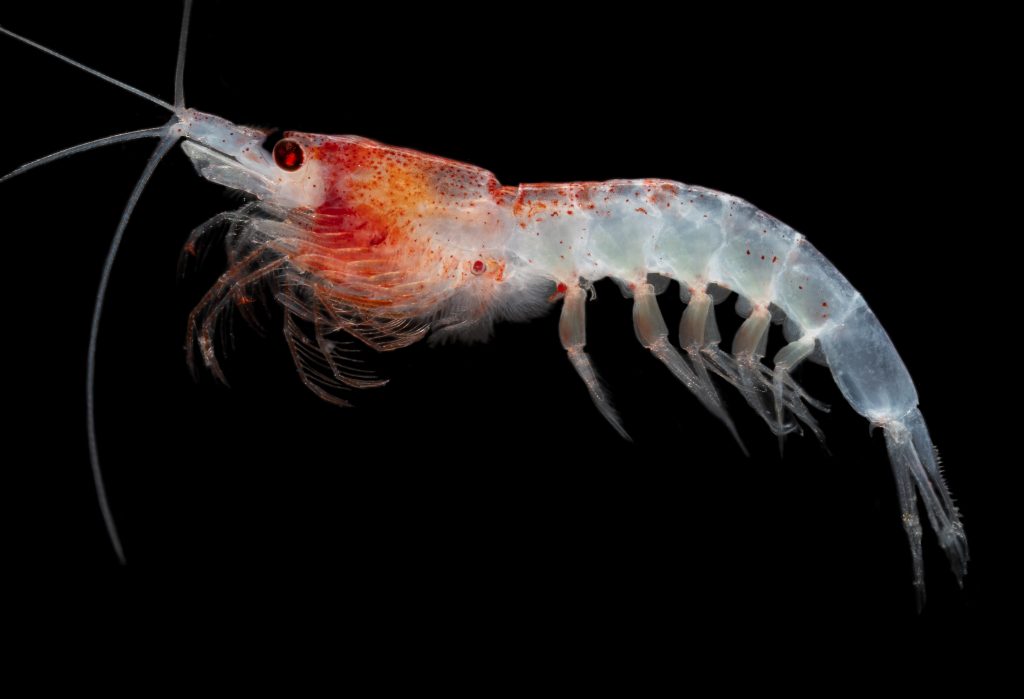
Whales, the majestic giants of the deep, rely on krill as their primary source of sustenance. They have evolved specialized feeding mechanisms to capitalize on the vast quantities of krill present in the oceans. When whales encounter a dense krill swarm, they initiate what is known as a “krill pump.” This process involves the whales swimming through the krill swarm with their mouths wide open, engulfing massive volumes of water that contain countless krill individuals.
As the water enters the whales’ mouths, it passes through their baleen plates. These baleen plates, composed of keratinous material, act as a filter mechanism. They allow water to escape while retaining the krill trapped inside. Once the water is expelled, the krill remain confined within the whale’s mouth, forming a concentrated meal ready for consumption.
This feeding behavior has a profound effect on the aggregation and distribution of krill populations. As the whales swim through the krill swarm, their movements create turbulence, causing the krill to cluster together in dense patches. This aggregation facilitates the feeding of other marine organisms, as the concentrated krill patches become more accessible to predators such as seabirds, fish, and other marine mammals.
Population Dynamics:
The mutualistic relationship between krill and whales also influences population dynamics in both species. Whales are known to migrate vast distances in search of krill-rich areas, often traveling thousands of miles annually. This movement not only facilitates the whales’ feeding but also redistributes the nutrients contained within their fecal plumes across different areas of the ocean. These nutrient-rich waste products fertilize surface waters, promoting the growth of phytoplankton, which in turn serves as food for krill.
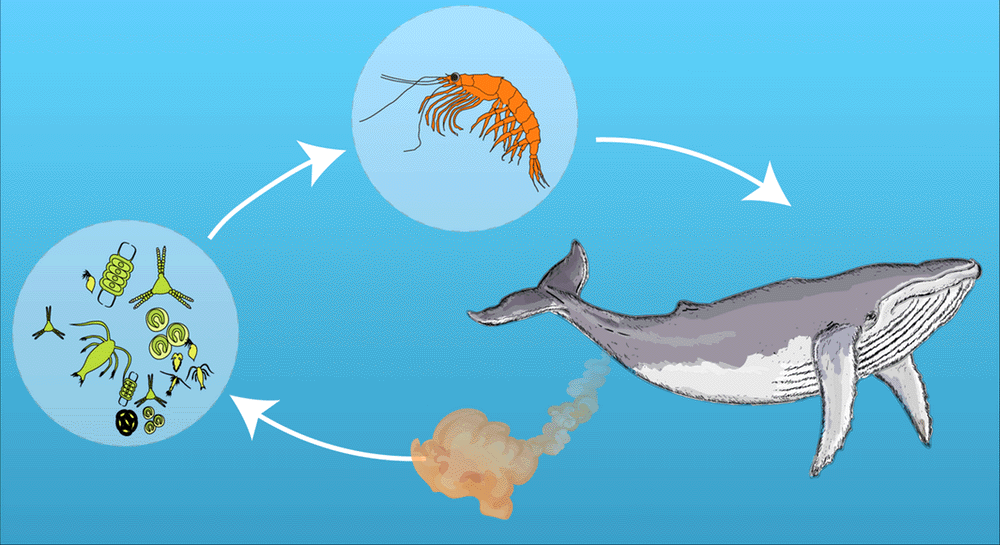
In a fascinating feedback loop, the more krill whales consume, the more they disperse their nutrients, enabling more phytoplankton growth. Consequently, a thriving krill population emerges, providing sustenance not only for whales but also for numerous other marine species, including fish, seabirds, and seals. This intricate web of relationships underscores the importance of krill-whale mutualism in maintaining healthy marine ecosystems.
Impacts on Oceans and Societies:
The mutualistic relationship between krill and whales has far-reaching consequences, extending beyond the boundaries of the marine environment. The presence of krill supports the productivity of oceans, contributing to the Earth’s carbon cycle by absorbing carbon dioxide and producing oxygen through photosynthesis. This process, known as the biological pump, helps regulate global climate patterns.
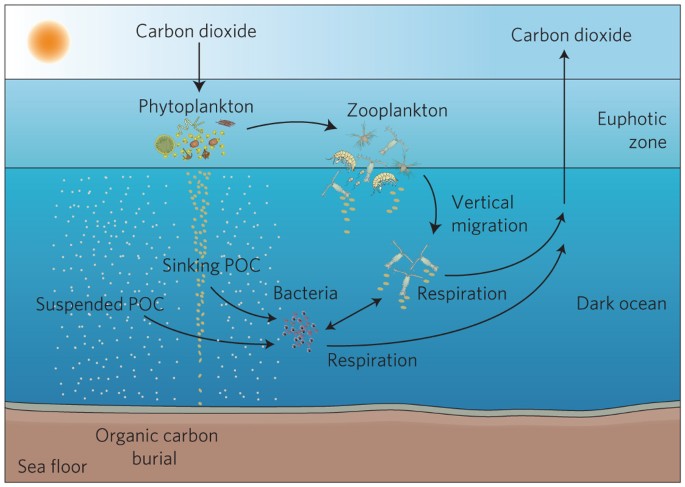
Moreover, the economic significance of krill cannot be overlooked. Krill serves as a vital resource for the fishing industry, supplying fishmeal for aquaculture and dietary supplements rich in omega-3 fatty acids for human consumption. Consequently, the conservation and sustainable management of krill populations are critical for maintaining both oceanic health and human societies reliant on these resources.
Human activities, such as overfishing and climate change, pose threats to the delicate balance of the krill-whale relationship. Declines in krill populations could have cascading effects throughout the food web, affecting not only whales but also the entire marine ecosystem. It is imperative that we recognize the interconnectedness of all species and work towards sustainable practices to protect the oceans and their invaluable inhabitants.
Conclusion:
In the intricate dance of life in the oceans, the mutualistic relationship between krill and whales shines as a testament to the interdependence of species. This partnership showcases how the smallest organisms can profoundly impact the largest, and how the well-being of our oceans is intricately tied to the health of our planet and our own societies. Let us celebrate and protect this harmonious alliance, ensuring a vibrant future for both krill and whales and ultimately, for ourselves.
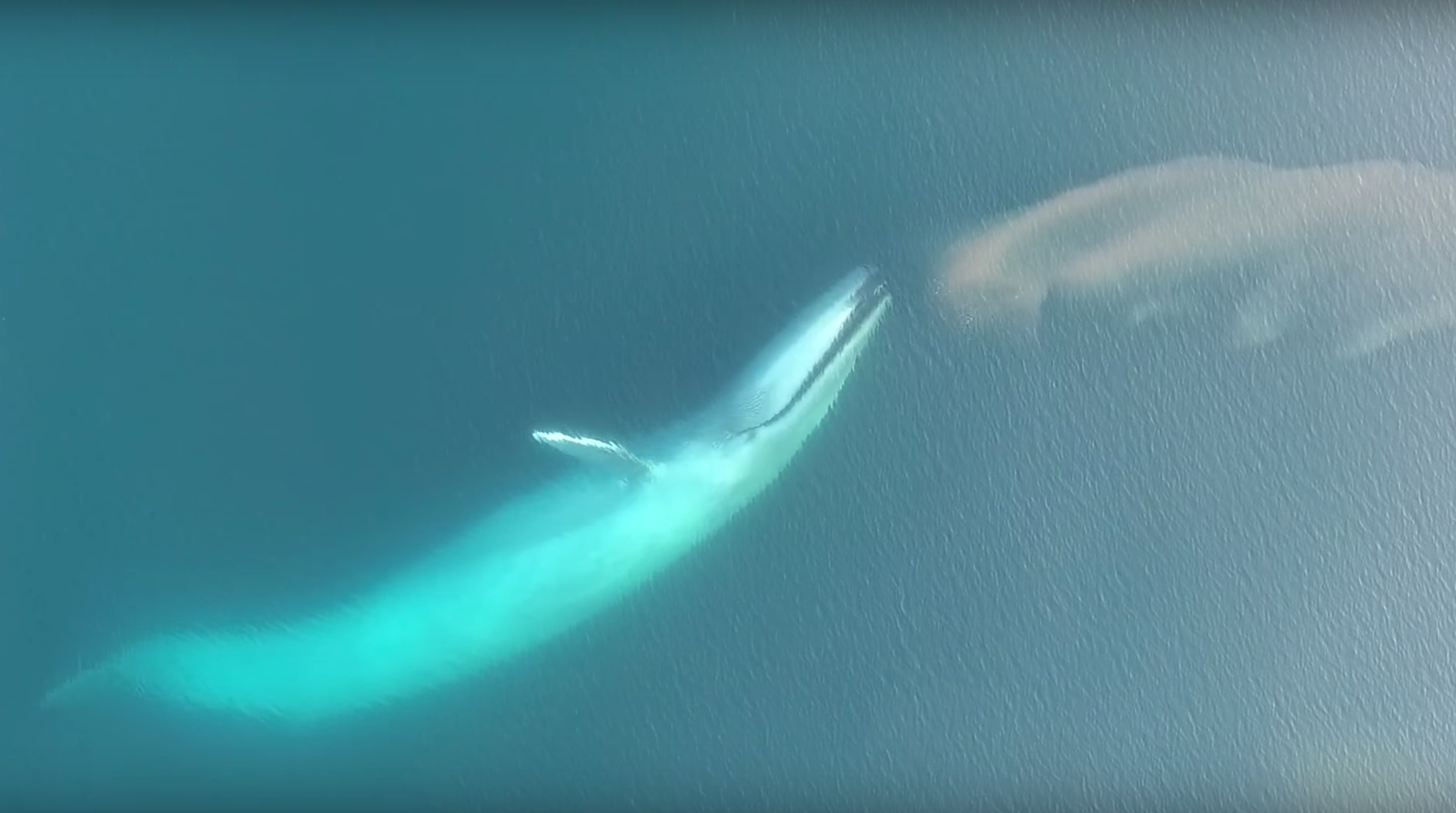
We encourage you to use Rabbet to connect with the rest of the boating community! Hop onto our Learn tab to find more articles like this. Join our various forums to discuss with boating enthusiasts like you. Create an account to get started.
Visit us on Pinterest to collect content and inspire others.

